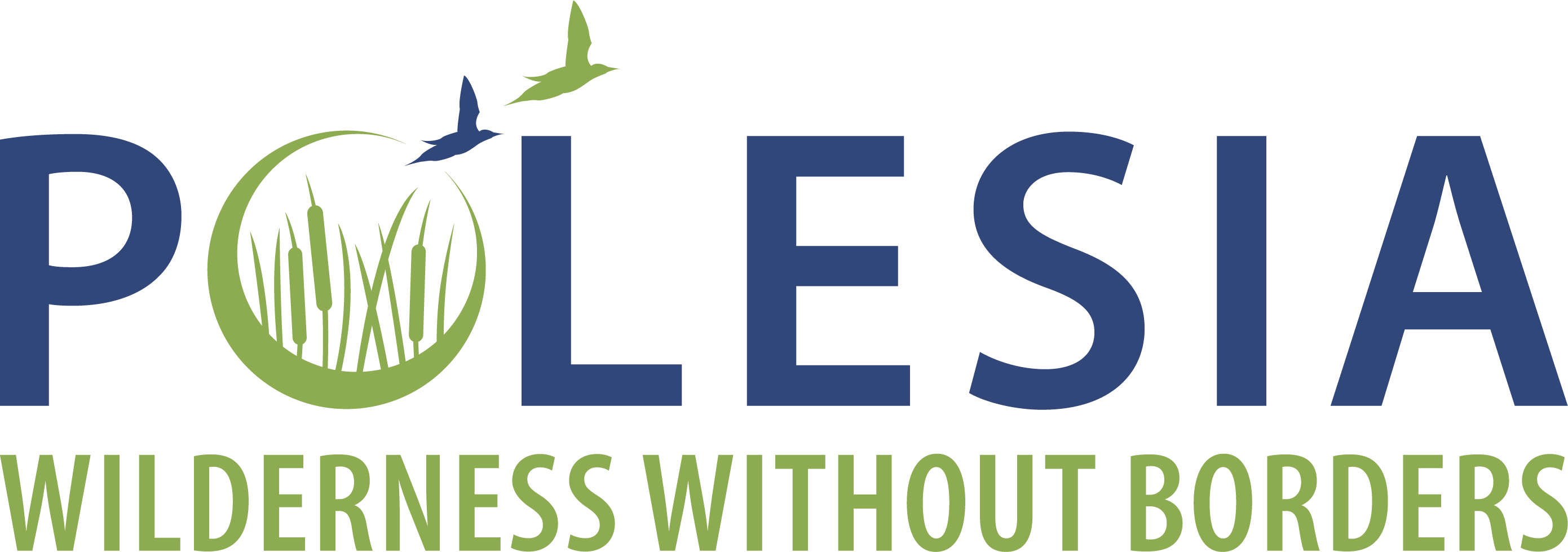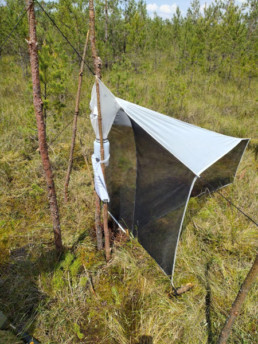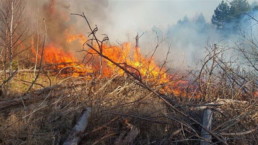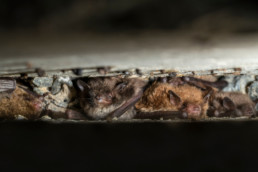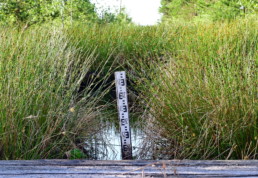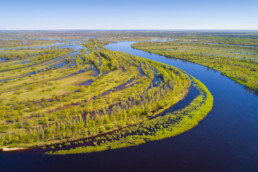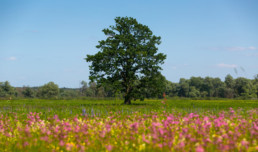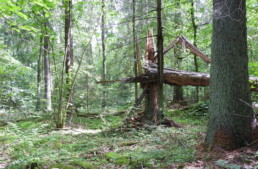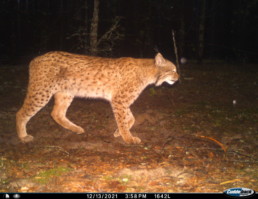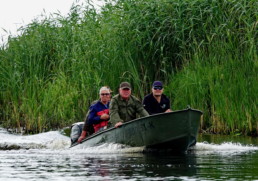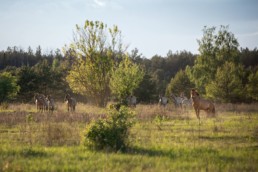What insects tell us about the state of Polesia's wetlands
by Adham Ashton-Butt and Corinna Van Cayzeele
Alongside our restoration of mires in the core of Polesia, we are monitoring insect communities to understand the impact of our activities on ecosystem health. Our field team has just retrieved the first samples of insects from Malaise traps installed last month.
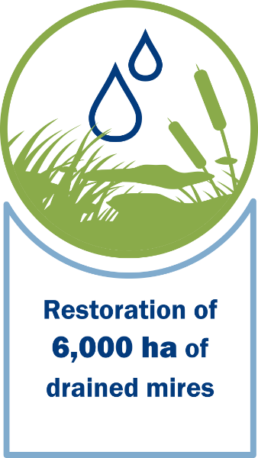
Polesia is among the largest landscapes of natural wetlands in Europe. However, the biodiversity and stability of this ecosystem complex suffers from the draining of mires. Drainage channels that were dug for the so-called “reclamation” of land for agriculture during Soviet times continue to drain large parts of Polesia’s wetlands. The drained mires make the area less resilient to droughts and fires and eliminate important ecological processes and habitat. Part of our project, therefore, is the restoration of 6,000 hectares of drained mires in the core area of Polesia.
But how do we know where restoration is needed and whether it has the desired effects?
To ensure that our activities benefit all aspects of the ecosystem, we need sound ecological knowledge. More specifically, we need data on insects. Insects are excellent indicators of ecosystem health as they are very sensitive to environmental change and respond quickly to disturbances or restoration, due to their short lifecycles. Therefore, certain assemblages of insects can be associated with different habitats, or different states of ecosystem health.
They are also at the heart of food webs that sustain the ecosystem, providing sustenance for birds, bats and small land mammals. We are looking at numbers and composition of insects to better understand
- the importance of undisturbed habitats,
- the impact of drainage, wildfires and seasonal changes, and
- The effect of our restoration activities on mire ecosystems.
In May, our field team started installing Malaise traps (tent-like structures that capture insects) to sample flying insects. The traps are being installed in near-pristine mires, drained mires (from heavily drained to slightly drained), restoration sites and sites affected by fire. We expect to catch mostly Hymenoptera (bees and wasps), Diptera (flies and relatives), Lepidoptera (moths and butterflies), some Odonata (dragonflies and damselflies), Ephemeroptera (mayflies) and some small Coleoptera (beetles).
Last week, the ecologists started collecting the first samples that had been caught. And with this starts the tricky part: species identification. Having specialist taxonomists identify each individual would be very time consuming. Moreover, many insects, especially many flies, have not yet been classified to species level. Therefore, identifying large numbers of samples across broad taxonomic groups is very difficult, if not impossible.
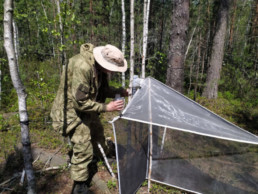
We are largely resolving this problem by using DNA metabarcoding to identify insects. DNA will be extracted from insect samples, sequenced to reveal its genetic code and identified by comparing against freely available genetic libraries. Some species will still not be able to be identified to species as their genetic code has not been stored in DNA libraries. However, these species can still be differentiated from one another genetically and can be labelled as “Species A” or “Species B”. This way, the presence of these species can still be compared across samples and sites. The biomass of each sample will also be measured, in order to compare the abundance of insects present between sites.
Sampling will continue over the next four years. Over this period, we will be able to analyze the response of insects to changes while taking into account different weather conditions between seasons and years. For example, it may be that in “good” years with cold winters and large spring floods, insect communities do not differ much between natural and drained sites. However, in years of drought, they might change more in sites that are degraded, as those sites do not have the environmental buffers provided by a “healthier” ecosystem.
Besides monitoring the effect of restoration, this study will help predict the consequences for biodiversity if draining is not stopped. We may lose certain types of insects and, consequently, associated plants and larger animals that depend on them for food and pollination. We will know the results after these four years. In the meantime, we will start blocking drainage channels to rewet mires and adjust our activities according to our findings along the way.
